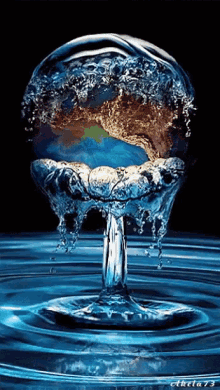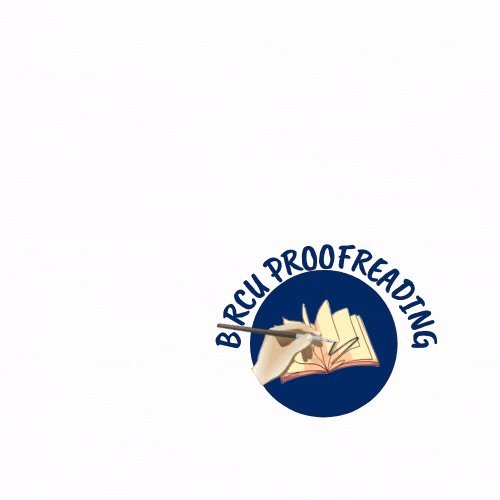The Postmodern Analysis of Marry Me : A Romance in Terms of Form
Abstract
This article is a qualitative one and the researcher by depicting one novel of John Updike: Marry Me, published for the first time in 1976, attests that romances at present are not written to cultivate imagination but they are created in order to embellish reality with fantasy, to reconcile imagination with objective presentation of reality. This is done by the artist to attain the reality effect, an effect that ends and culminates in a moral lesson. Updike in day by day record of the life of the Americans in his novel tries to create an effect that is permanent. The objective of romance and realism differ. This is what makes Marry Me, a problematic case. The organizing principle of romance is not objective social reality but the use of literary devices. The presence of these opposing factors in one novel makes it an excellent example of postmodern novel. It is said that romance and realism often are juxtaposed and yet they are not separable. In other words, they overlap. So, it is hard to consider any border for them. Although Updike uses many realistic details, there are some scenes of fantasy and idealism where the elements of romance are eminent. Perchance, the novel has the three main elements of romance including love, adventure, and quest while Updike does not use them in a normal and habitual way. Although there are many admiring romance critics and thinkers, the present writer mostly employs the theories of Northrop Frye, Richard Chase, Pamela Regis, Diane Elam, Kimberly A. Freeman, Heidi Hansson, and Judie Newman whose approaches to romance and postmodern romance are apparently applicable to prove that Marry Me is a postmodern romance. This textual research focuses on discussing different theories on postmodernism and romance separately and casting a debate on postmodern romance elements illustrated by parody, pastiche, intertextuality, self-reflexivity, irony, and imitation; and applying them to Marry Me in order to claim that Marry Me is a postmodern romance.
Keywords
Full Text:
PDFReferences
Bakhtin. M. M. The Dialogic Imagination: Four Essays. Ed. Michael Holquist. Tran. Caryl
Emerson and Michael Holquist. Austin: University of Texas Press, 1985.
Berthold. Dennis. “Romancing History, Historicizing Romance”. Chicago Journals. Modern
Philosophy, Vol. 89, No. 1 (Aug, 1991); 52-62.
Bloom, Harold. ‘‘Introduction.’’ Modern Critical Views: John Updike. Ed. Harold Bloom.
New York: Chelsea House Publishers, 1987.
Chase. Richard. The American Novel and Its Tradition. London: The John Hopkins University Press, 1990.
Derrida. Jacques. “Law of Genre”. Glyph 7 (1957).
Elam, Diane. Romancing the Postmodern. London: Routledge, 1992.
Freeman, Kimberly A. ‘‘Divorce Me Romance and Realism in John Updike’s Marry Me: A
Romance". Love American Style: Divorce and the American Novel, 1881-1976. New York: Routledge, 2003.
Frye Northrop. The Secular Scripture: A Study of the Structure of Romance. Cambridge: Harvard University Press, 1982.
---. ‘‘Archetypal Criticism: Theory of Myths”. Anatomy of Criticism. 6th ed. U.K: Princeton University Press, 1990.
Hansson, Heidi. Romance Revived: Postmodern Romances and the Tradition. Sweden: University of Umea, 1998.
Hawthorn, Nathaniel. Preference to the House of Seven Gables. London: Everyman, 1995.
Hunt. George W. John Updike and the Three Great Secret Things: Sex, Religion, and Art.
Grand Rapids: Eerdmans, 1980.
Kazin, Alfred. ‘‘Alfred Kazin on Fiction [Review of Marry Me]’’. Critical Essays on John Updike. Comp. Macnaughton, William R. U.S: G. K. Hall and Co., 1982.
Regis, Pamela. A Natural History of the Romance Novel. U.S: University of Pennsylvania
Press, 2003.Updike, John. Marry Me: A Romance. U.S: The Ballan2ne Publishing Group, 1976.
DOI: https://doi.org/10.33258/birle.v2i1.183
DOI (PDF): https://doi.org/10.33258/birle.v2i1.183.g267
Article Metrics
Abstract view : 204 timesPDF - 269 times
Refbacks
- There are currently no refbacks.

This work is licensed under a Creative Commons Attribution-ShareAlike 4.0 International License.

This work is licensed under a Creative Commons Attribution-ShareAlike 4.0 International License

_.gif)



















_.gif)



